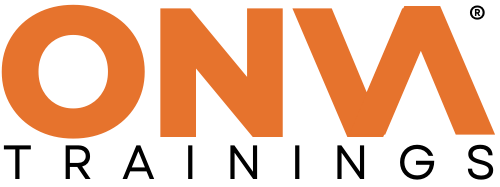Table of Contents
Introduction:
Effectively managing user accounts and permissions in WordPress is integral to maintaining the integrity and security of your website’s backend. This comprehensive guide presents a tailored approach to creating and overseeing user accounts, ensuring precise control over access rights for optimal performance and protection.
Initiating User Accounts:
To commence, access your WordPress admin dashboard and proceed to the “Users” section. Select “Add New” to input requisite details for the new user, including username, email, and password. Assigning distinct roles based on responsibilities is crucial at this stage.
Deciphering User Roles and Privileges:
WordPress delineates user roles with unique permissions:
- Administrator: Possesses comprehensive control over all aspects of the site, including content, plugins, and user management.
- Editor: Empowered to manage and publish posts and pages, albeit without authority to modify site settings.
- Author: Granted autonomy to create, edit, and publish individual content pieces.
- Contributor: Permitted to create and edit their content, subject to approval before publishing.
- Subscriber: Limited to viewing content and managing personal profiles.
Customizing User Permissions:
Administrators wield the ability to tailor permissions by adjusting roles or integrating plugins for finer control. Plugins like “User Role Editor” facilitate the creation of bespoke roles, aligning precisely with your site’s operational requirements.
Implementing Two-Factor Authentication (2FA):
Enhancing security protocols is paramount; thus, integrating two-factor authentication (2FA) via WordPress plugins such as “Two Factor Authentication” fortifies login credentials, augmenting the site’s defensive capabilities against illicit access attempts.
Routine Audits and Maintenance:
Upholding vigilance through periodic audits of user accounts is imperative to curtail unauthorized access. Identifying and eliminating dormant or redundant accounts and promptly updating permissions to reflect role modifications ensures optimal security posture and operational efficacy.
Conclusion:
With this guide, mastering the intricacies of WordPress user management becomes attainable. By adopting a proactive stance towards account creation, role assignment, and ongoing oversight, website owners fortify their digital assets against potential threats while empowering team members with requisite access for seamless collaboration and productivity.

